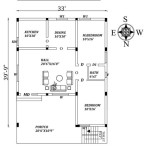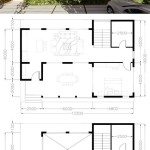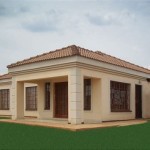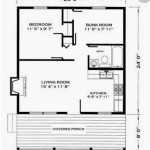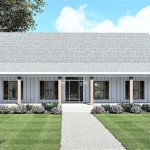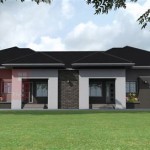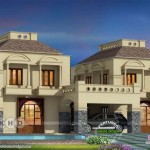Essential Aspects of House Floor Plans in Tamil Nadu
In Tamil Nadu, a state known for its rich cultural heritage and diverse architecture, house floor plans play a crucial role in shaping the functionality and aesthetics of living spaces. Understanding the essential aspects of Tamil Nadu house floor plans is vital for creating homes that are both comfortable and visually appealing.
1. Vaastu Compliance: Vaastu Shastra, an ancient Indian architectural philosophy, holds great importance in Tamil Nadu. House floor plans are often designed in accordance with Vaastu principles, which emphasize the harmonious flow of energy throughout the home. According to Vaastu, specific directions are attributed to different rooms and functions, ensuring a positive and balanced living environment.
2. Open Spaces and Natural Light: Tamil Nadu homes are characterized by open spaces that enhance air circulation and natural illumination. Floor plans typically include courtyards, balconies, and windows that allow ample sunlight and fresh air to enter the home. These open areas create a sense of spaciousness and contribute to a healthier living environment.
3. Functional Layout: The layout of a Tamil Nadu house floor plan is designed to maximize functionality and convenience. Common areas, such as the living room and dining room, are often located near the entrance, while private spaces, such as bedrooms and bathrooms, are placed in separate wings. The kitchen is typically placed adjacent to the dining area for easy access.
4. Traditional Elements: Traditional Tamil Nadu architecture often incorporates elements like arched doorways, decorative pillars, and intricate woodwork. These elements add a unique character and charm to the home. Floor plans are designed to seamlessly integrate traditional details with modern amenities, resulting in a harmonious blend of old and new.
5. Water Elements: Water bodies, such as ponds or fountains, are considered auspicious in Tamil Nadu homes. Floor plans often include designated spaces for these elements, which are believed to promote prosperity and tranquility. The placement of water elements is guided by Vaastu principles to ensure a positive flow of energy.
6. Cross-Ventilation: Cross-ventilation is essential for maintaining a comfortable indoor climate in Tamil Nadu's tropical environment. Floor plans incorporate multiple windows and openings to allow for air to circulate freely throughout the home. This helps reduce the need for artificial cooling and promotes natural ventilation.
7. Sustainability: In recent years, there has been a growing emphasis on sustainability in Tamil Nadu house floor plans. Architects are incorporating eco-friendly elements, such as solar panels, rainwater harvesting systems, and sustainable building materials. These features contribute to energy efficiency and reduce the home's environmental footprint.
By considering these essential aspects, homeowners in Tamil Nadu can design house floor plans that not only meet their functional needs but also reflect the cultural heritage and unique aesthetic sensibilities of the region. A well-planned floor plan creates a living space that is both comfortable and visually appealing, contributing to the overall well-being and quality of life for its occupants.

Tamilnadu Fresh 2 Bedroom House Plans 838 Sloping Lot Plan

Tamilnadu House Plans North Facing Home Design N Duplex 2bhk Plan

40 Awesome House Design Ideas For Diffe Area Engineering Discoveries N Plans Free 30x40

Tamilnadu House Plans North Facing Archivosweb Com Duplex Simple

86 House Ideas N Plans 20x40 2bhk Plan

N Home Design Modern 1809 Sq Ft

Tamilnadu House Plans North Facing Home Design Modern Floor New N

Modern 3d Floor Plans And Interior Designs

Best Residential Design In 1768 Square Feet 61 Architect Org

20 40 Feet House Floor Plan Tamil Designing 2024 Plans 2bhk

